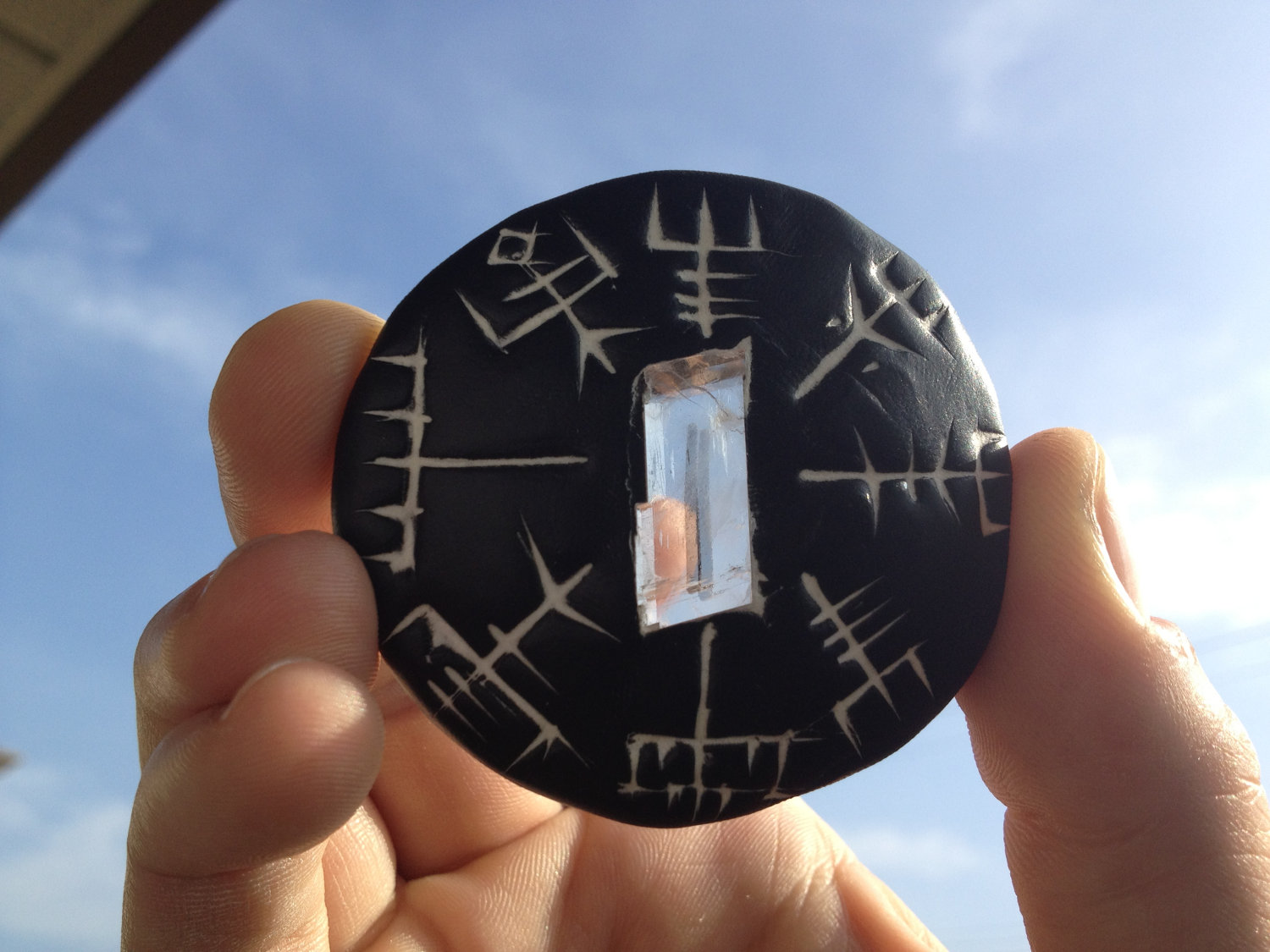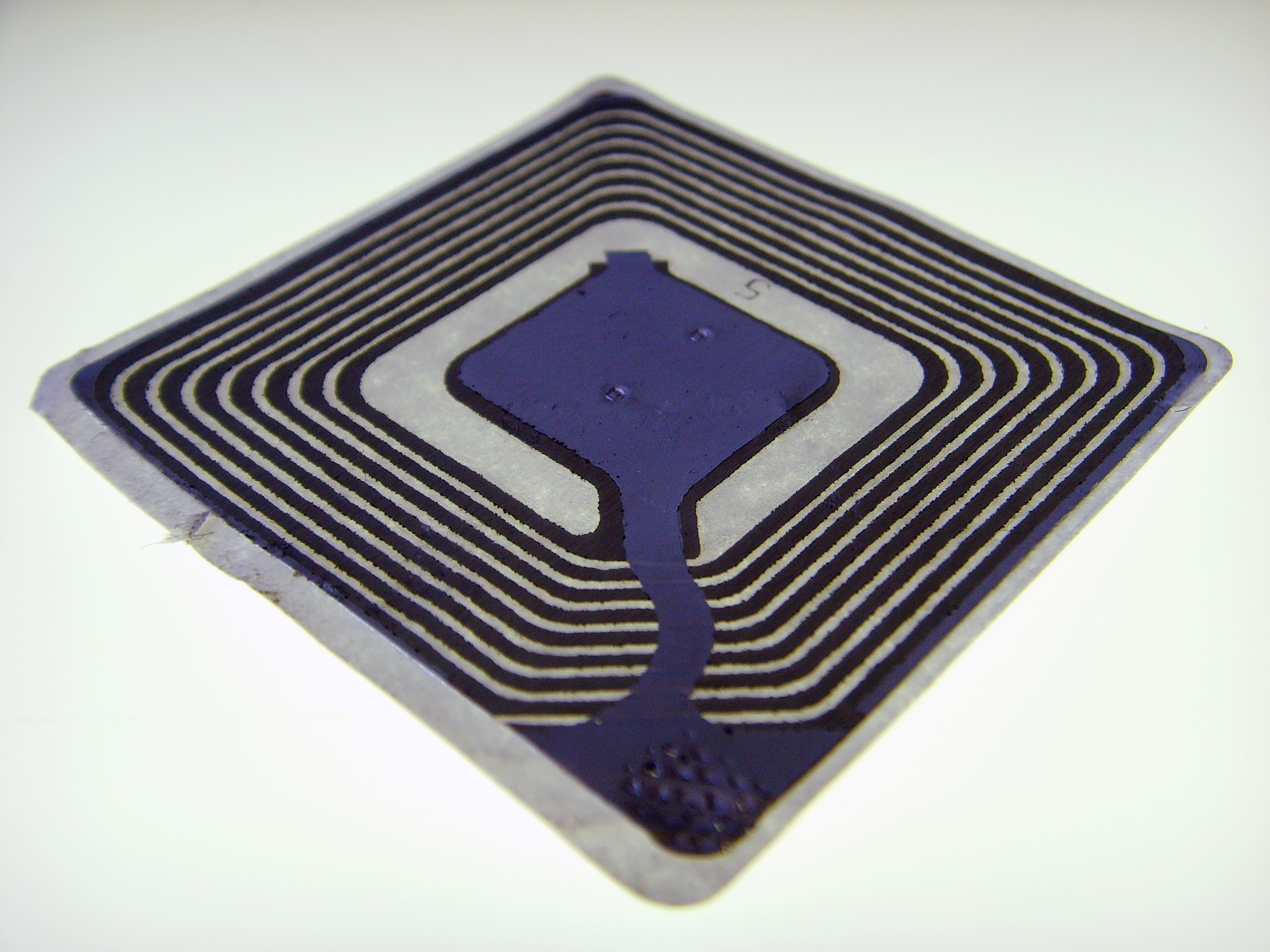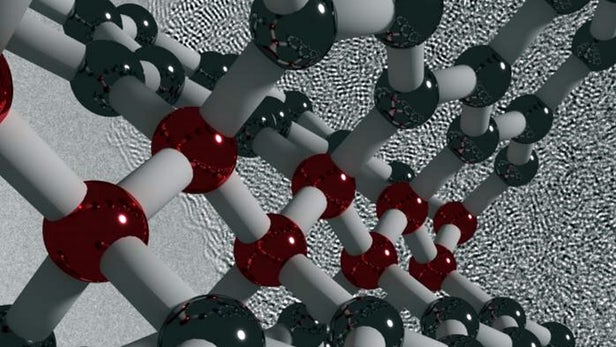U=(N/T)M*G: Shadow
It’s no secret we know more about the stars above us, than the Earth below our feet. However, we’re making strides to resolve our ignorance now that we’re paying closer attention. Case in point, scientists have found something a little weird in the water. I’m talking about the Pacific Ocean. It has my creative Muse tingling in glee over possibilities. There is a shadow zone, it’s been discover. A deep, huge pool of water that hasn’t seen the light of day in about 2,000 years. You read that right. The water trapped in that area was last on the surface … Read more












